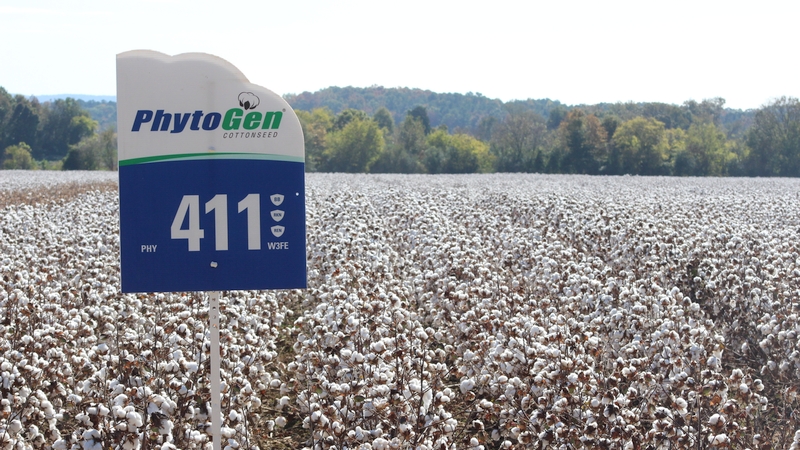The Thin Green Line
I am sure many of you are aware of the phrase “the thin blue line.” It represents the narrow space between order and chaos that is provided by the men and women who serve in law enforcement. It is quite remarkable and worthy of great appreciation that so few people keep our streets and homes largely safe from the dangers that otherwise could run amok. Many people take for granted the jobs they perform on a daily basis to keep us safe.
In many ways, like the thin blue line of law enforcement, farmers represent a thin green line that feeds and clothe its fellow Americans. While the thin green line has been used in other contexts, it suits U.S. agriculture and cotton growers well.
In agricultural media, we try to be aware of and guard against being overly negative. We try to focus on new opportunities that can move U.S. agriculture forward, and we do. But I believe it also is important not to be Pollyanna in the face of the challenges brought to us by the coronavirus and its impacts on trade and poor prices in general — there’s just too many stories of farms that are now at the tipping point.
I am sure most of our consumers have little concept of the challenges that growers are currently facing. But there are many of our growers on that thin green line making decisions about staying in or getting out.
With retail demand for many cotton-based products down and the uncertainty and secrecy (among other things) coming out of China, it is impossible to predict when cotton prices will bounce back on their own. For that reason, financial assistance – in whatever form it comes – is going to be critical in the coming months to keep this nation’s cotton infrastructure whole.
Recently, our sister publication Florida Grower® magazine featured DemandAmericanGrown.org, which is addressing many important challenges agriculture is facing today. I encourage you to learn more about this effort. It has tended to be more focused on specialty crops, but cotton has a place in this discussion. It can only become a grassroots movement with people engaging and sharing their story. It is important that America hear from growers to learn about the hard realities they face and why it’s critical we support them. They feed and clothe us.
If that is not a national security issue, I don’t know what is.










